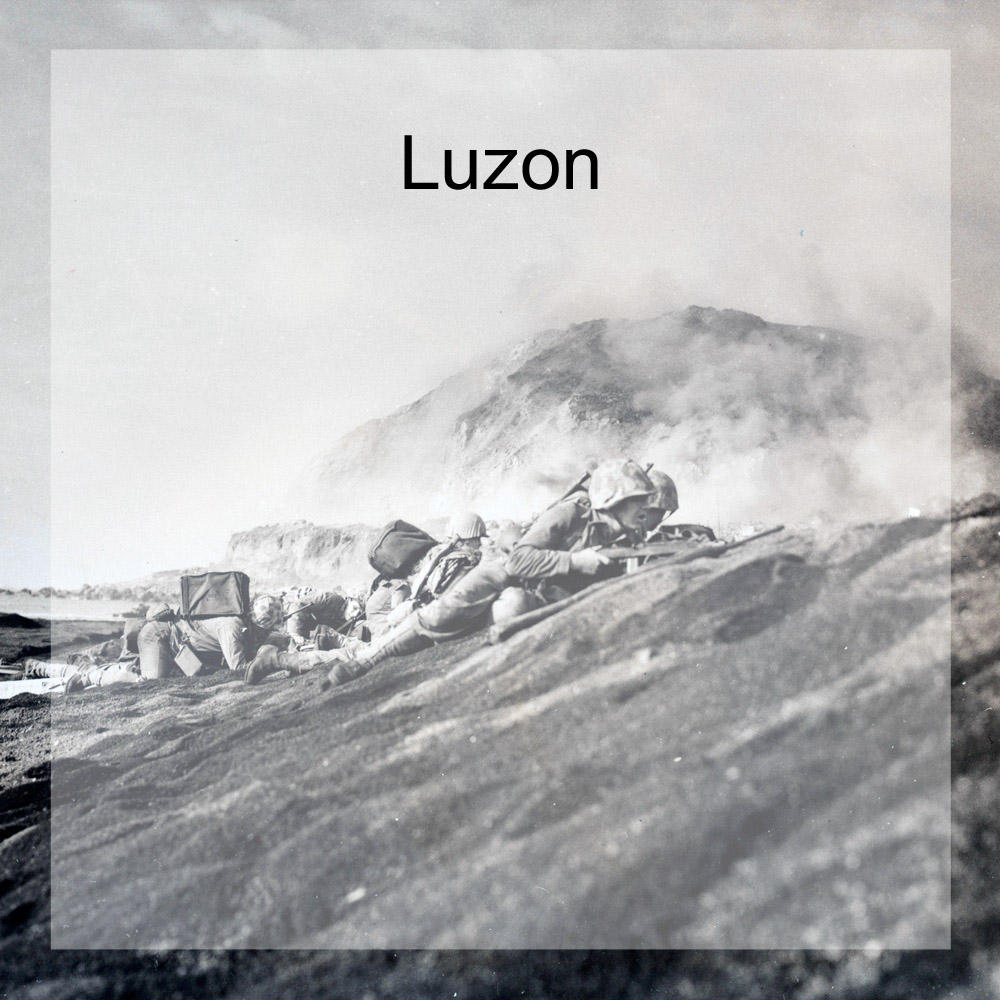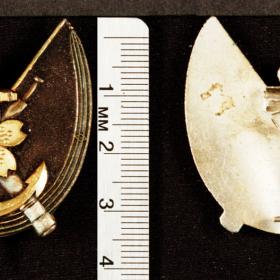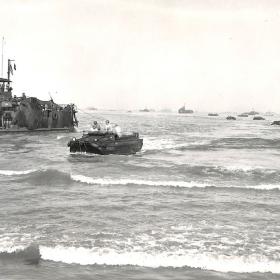Luzon
The second phase of MacArthur’s campaign to retake the Philippines took place on January 9, 1945, as the 6th Army landed at Lingayen Gulf on the northern island of Luzon. Despite fierce opposition from kamikaze attacks on the fleet, the landing force itself faced minimal resistance as it came ashore. The overall commander of Japanese forces in the Philippines, General Yamashita, had moved his force of nearly 230,000 soldiers inland in anticipation of the invasion, having learned from the battle on Leyte that they could more easily halt the American advancement from the hills. Hoping to draw out the conflict and strengthen their hand at the negotiating table, Yamashita concentrated his forces in the jungles. Quickly moving south from Lingayen Bay, MacArthur simultaneously set his sights on a return to Manila, Bataan, and Corregidor, with the goal of liberating American and Filipino POWs. The Battle for Manila would prove to be some of the most intense fighting in the Pacific, as Japanese naval forces occupying the city fought relentlessly, leaving the city largely destroyed and resulting in the death of more than 100,000 civilians. While MacArthur could claim to have retaken Manila by March, the battle for the Philippines was still being fought aggressively, as Allied forces continued to battle Yamashita’s main force in the mountains of northern Luzon. It would not be until the official Japanese surrender in August that fighting ceased on Luzon and across the Philippine islands.


